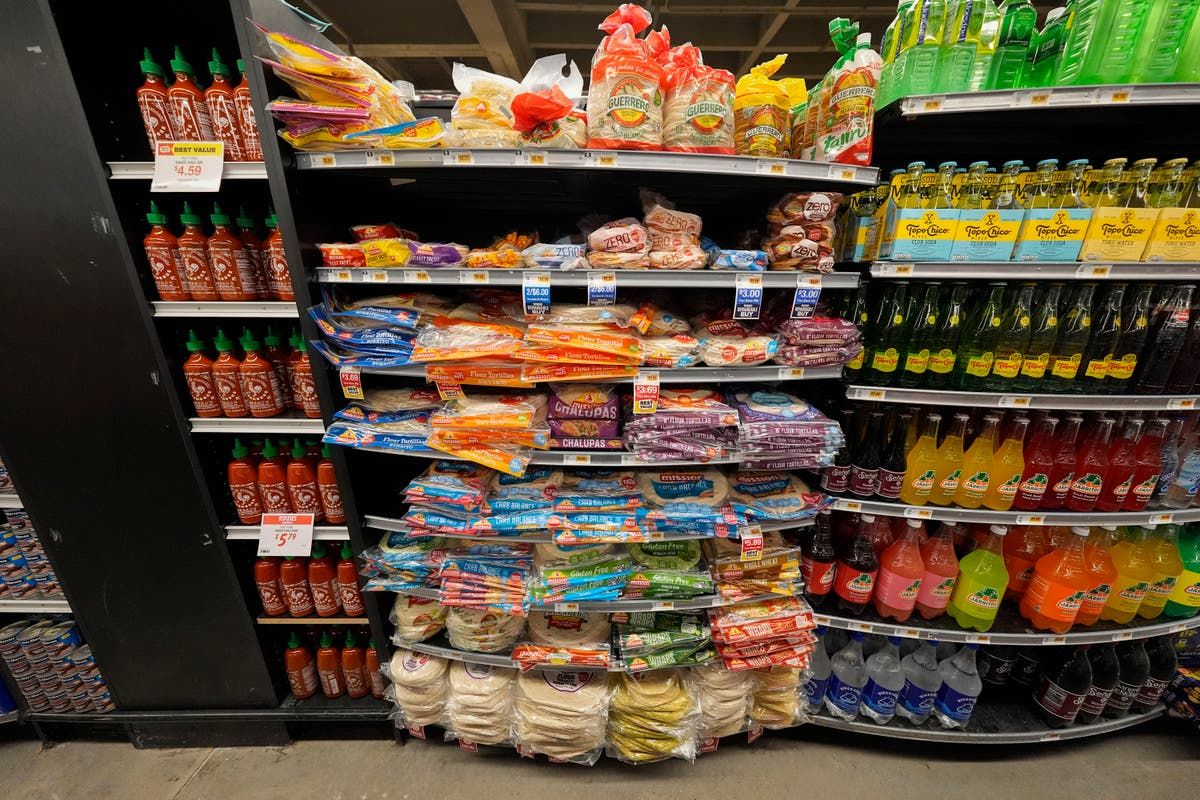Truly support
independent journalism
Our mission is to provide unbiased, fact-based reporting that holds the powerful to account and exposes the truth.
Whether it's $5 or $50, every contribution counts.
Support us in offering journalism without agenda.
A chemical commonly found in plastic packaging and the lining of food cans increases the risk of autism in young children, according to a new study.
The study, published in Nature CommunicationsThey found that children exposed in the womb to bisphenol A, or BPA as it is commonly known, are more likely to show symptoms of autism by age two and six times more likely to be diagnosed with autism by age 11.
Autism is a neurodevelopmental disorder with a broad spectrum of behavioral and cognitive changes.
The study, conducted by the Florey Institute, the largest brain research center in the southern hemisphere, examined BPA levels in pregnant mothers and followed the development of their children over a 10-year period.
Increased exposure to BPA was found to be associated with suppression of aromatase, a key enzyme in brain development, particularly in children. The suppression is linked to a higher likelihood of being diagnosed with autism.
The findings were supported by experiments in mice showing that when the gene responsible for producing aromatase is deleted, the animals exhibit repetitive behaviors, a common feature of autism in humans.
Professor Anne-Louise Ponsonby, one of the authors of the study, said that while autism arises from a combination of genetic and environmental factors, BPA exposure appears to play a contributing role, especially in boys. “This does not mean that BPA is the only cause of autism,” she explained. “Some children may be genetically predisposed, while others may be affected by different environmental factors.”
BPA is used in the production of plastic food containers and metal linings for cans. It is commonly found in items such as water dispensers, food storage containers and reusable bottles. The chemical helps make these plastics strong and clear, but it can leach out in minute amounts, raising concerns about its impact on human health.
BPA usually enters our bodies in trace amounts through food, but can also be inhaled or absorbed through the skin.
Previous studies have linked BPA to possible negative effects on the brain and prostate of fetuses, infants and children. The findings linking it to autism are new.
“Autism is the result of a complex interaction between genes and environment, and the nature of the environmental interactions is still unclear,” said Dr Ian Musgrave, senior lecturer in medicine at the University of Adelaide.
Explaining how BPA acts in the body, Professor Ian Rae, an expert in environmental chemicals at the University of Melbourne, said: “Bisphenol A is an industrial chemical that mimics natural hormones and can disrupt their action, especially in developing babies and children.”
“The most common uses of BPA are in plastics (epoxy resins and polycarbonate) and in that form it is quite safe. However, BPA can escape from these plastics, circulate freely in the environment and enter our bodies as a residual contaminant in food.”
Concerns about BPA have led to calls for a ban. The European Union is set to ban BPA in food contact materials such as plastic packaging, coated containers, reusable bottles, water dispensers and kitchen utensils.
The ban will come into force at the end of 2024, pending a review by the European Parliament and the Council.
Many other harmful chemicals and microplastics, such as PFAS, have also been linked to health risks. PFAS, called “forever chemicals” because of their persistence in the environment, are used in a variety of products, including nonstick cookware, waterproof clothing and food packaging.
Microplastics, tiny plastic particles that can contaminate food and water, have been found everywhere, from the depths of the oceans to our food and water supplies and our internal organs.
The new study comes as the world prepares for the final round of UN negotiations in South Korea later this year to establish a global treaty on plastic pollution.












